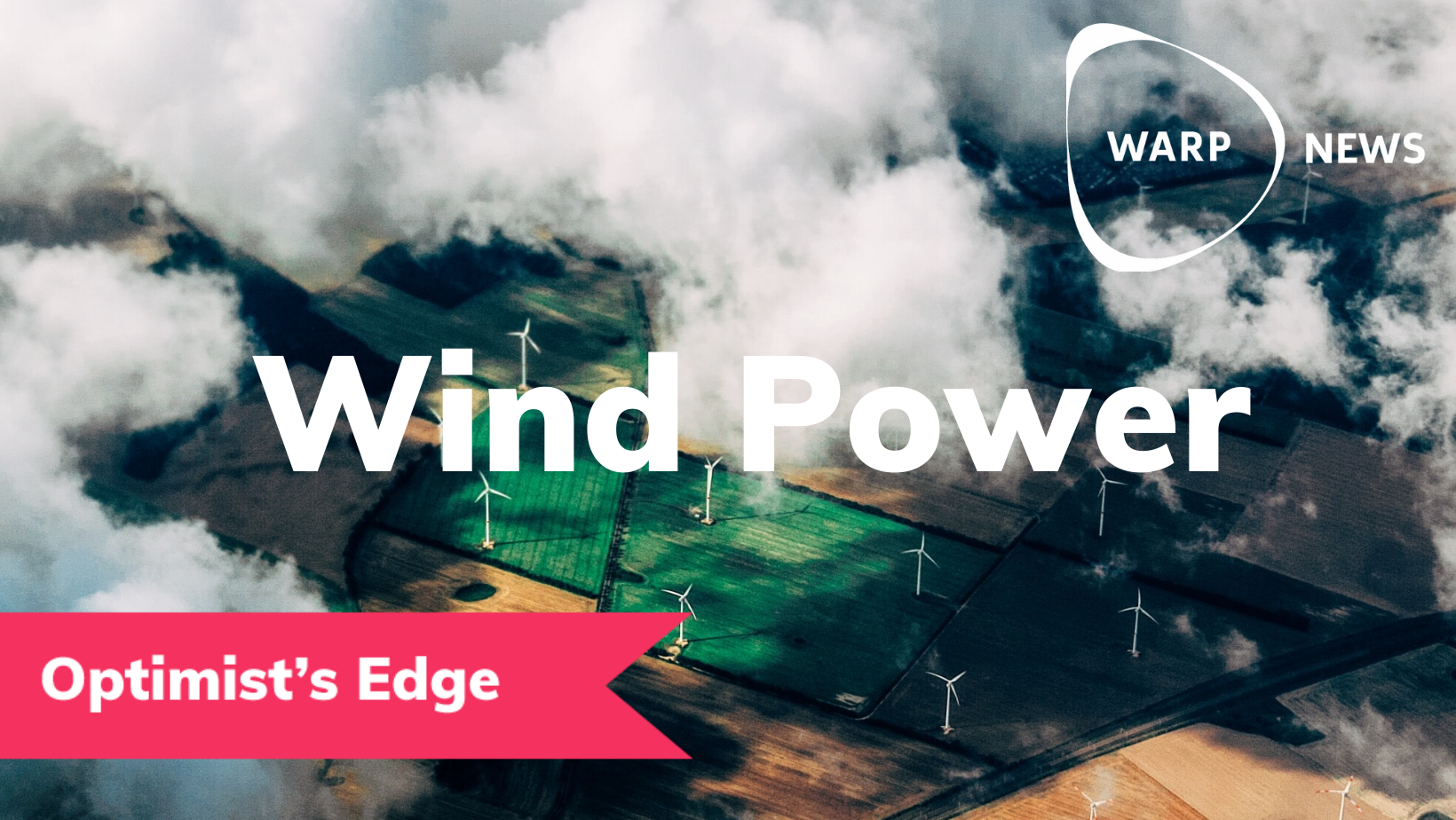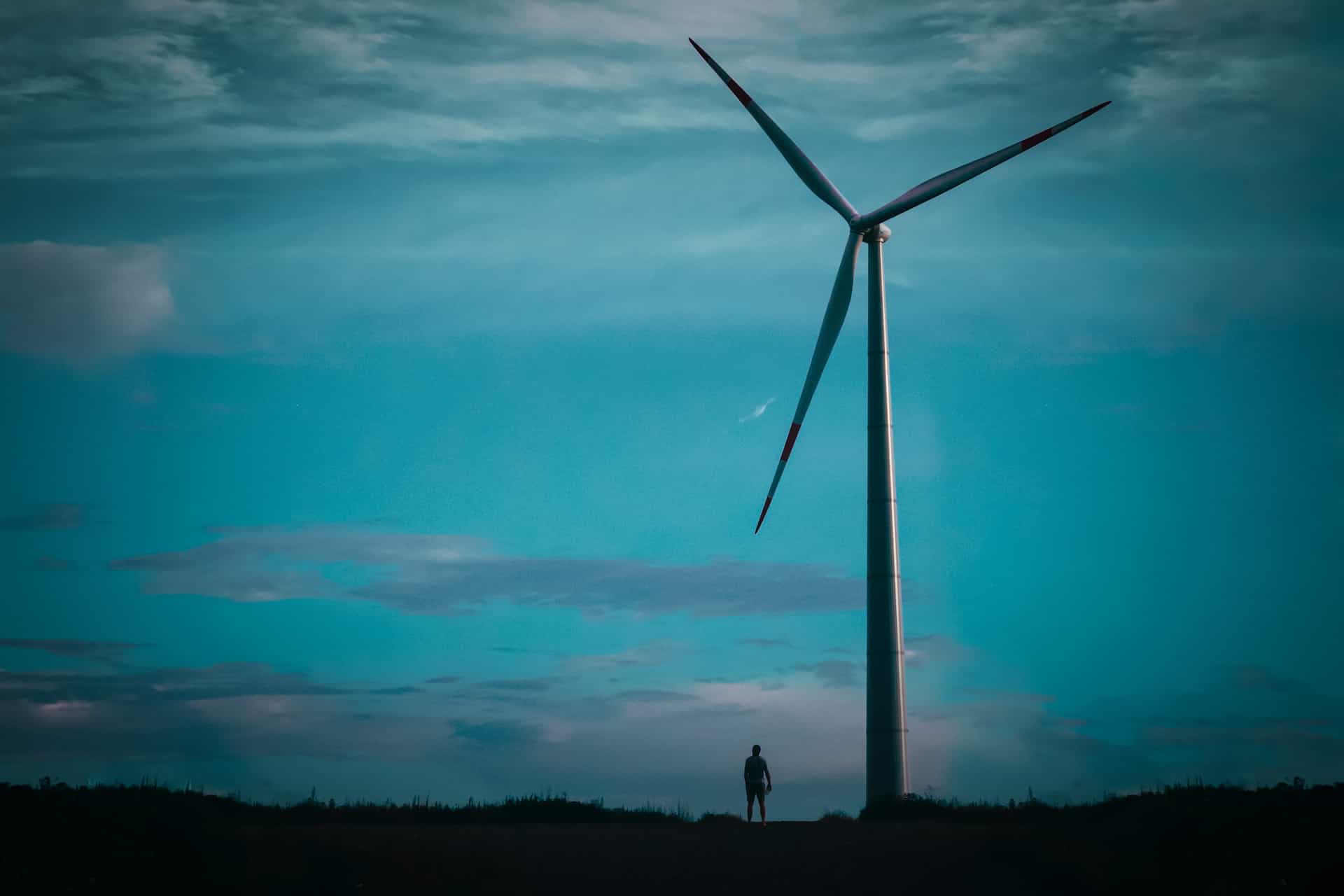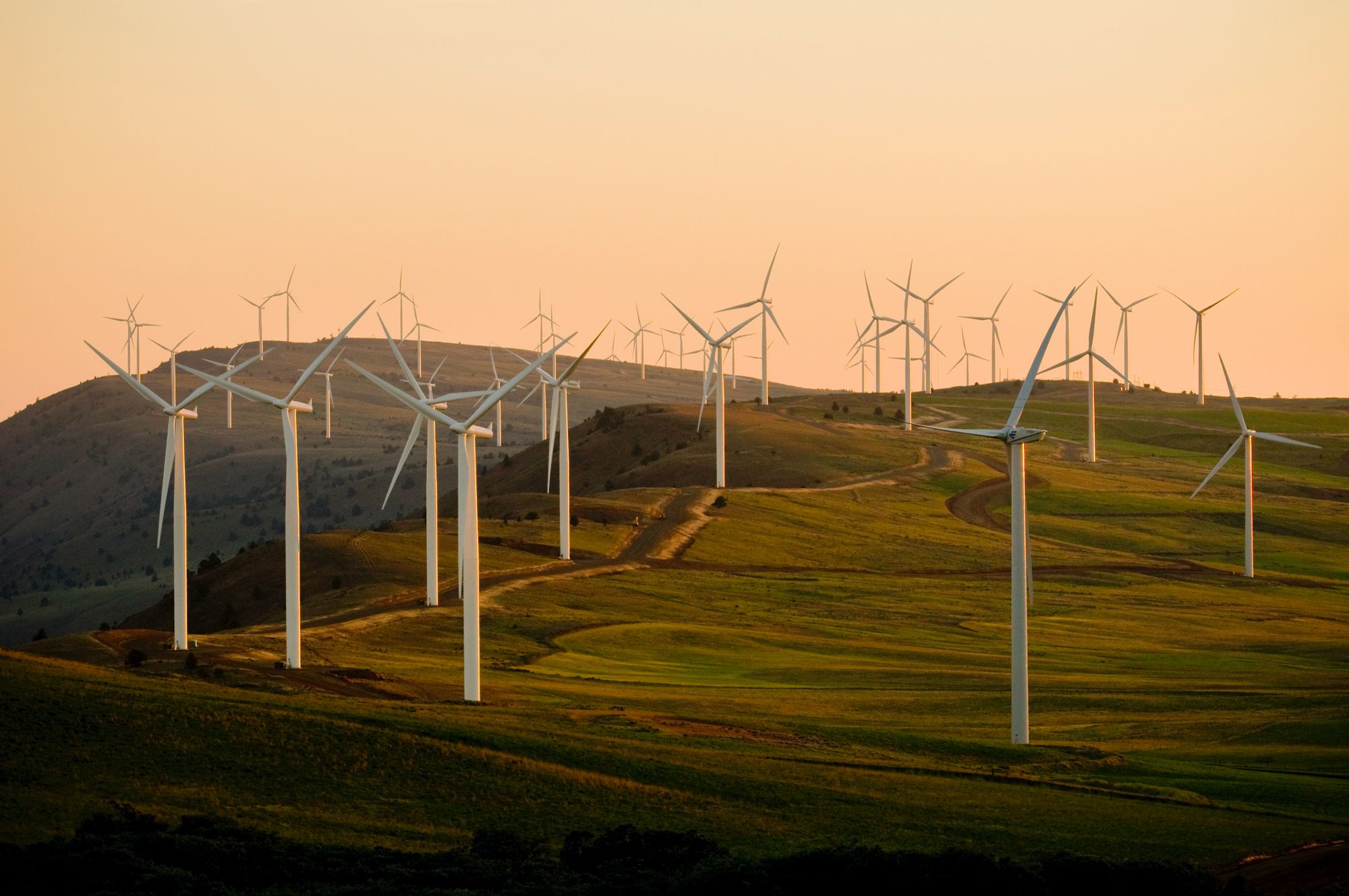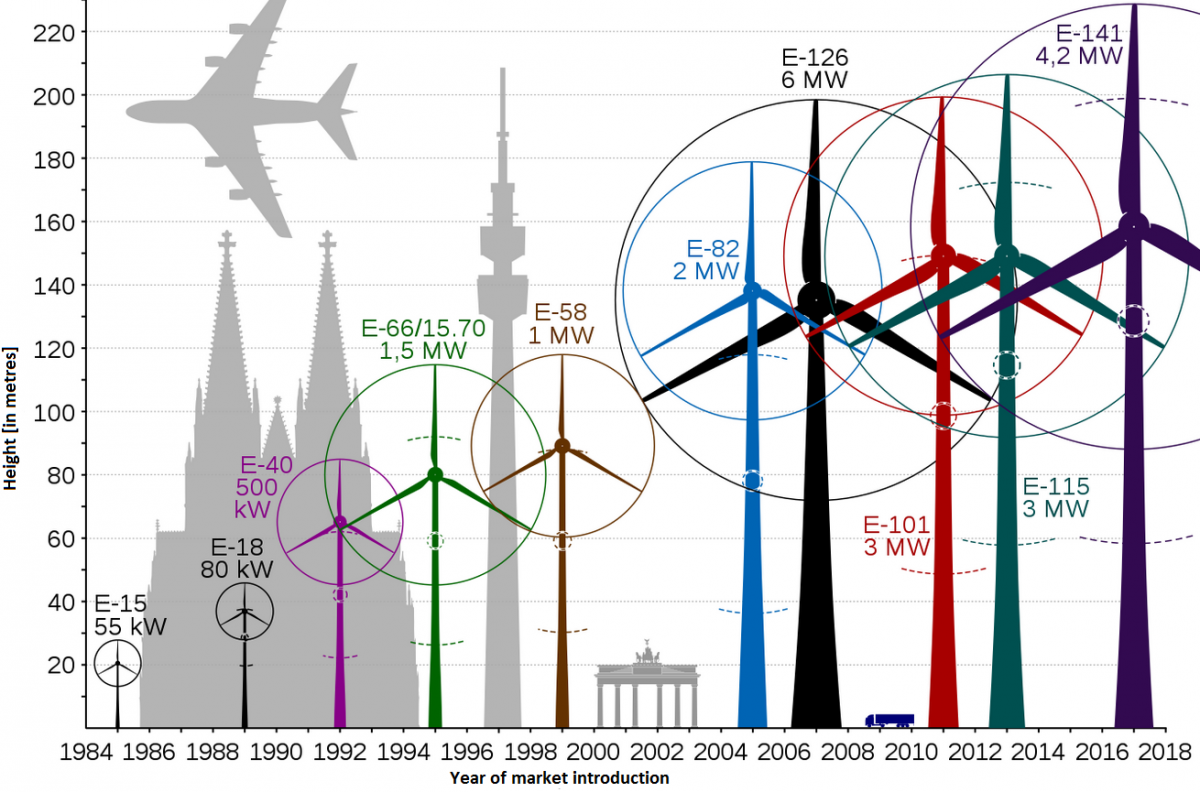
💨 It's time to get blown away – falling prices for wind energy
You ain't seen nothing yet. This summarizes the development of wind power. Contrary to what most people believe, it is becoming cheaper day by day. Vincent Rooose gives you all you need to know to get the most out of this renewable source of energy.
Share this story!
Summary
📉 What people think
There is a generalized misconception in the population on the cost evolution of renewable energy. This is true of wind power as well.
In our survey results, we could notice that nearly seven out of ten were convinced of the opposite of reality. People tend to believe that costs have increased or remained steady over the last decade, while the opposite is true.
📈 Here are the facts
It has been assessed, the costs have dropped, and they will continue to decline due to the very nature of the renewable energy industry. With time, the capacity, efficiency, and knowledge will perfect the technology and result in a constant price drop.
The resource wind power is based on is accessible, far from the efforts which oilfields or coal mines depend on; ever-increasing drilling and extraction.
💡 Optimist's Edge
One thing is for sure: the costs will drop and improve the accessibility and availability of wind power.
It will also be possible for broader purposes than just answering home demands in electricity. For example, electric public transports will be powered by the wind too.
Furthermore, the wind industry will benefit from other sectors' progress (mainly batteries) and further enhance the price drop.
👇 How to get the Optimist’s Edge
It would help if you supported public policies promoting wind power plant projects and voiced this support to get the edge. You can also take the leap yourself.
Either choose an electricity provider with a significant share of its network based on wind power. This way, you will impact the market and invest in more installations.
Or else, you can turn to small companies dedicated to private installations. Having your wind turbine will improve the capacity and help reduce future costs.

📉 What people think
It is a recurring pattern on renewable energy: information tends to spread poorly or wrongly. And wind power is no exception.
Indeed, when asked about the recent evolution of wind power costs, nearly a third (29 percent) of respondents believe they have remained steady. All the more interesting, 23 percent of the answers indicated the respondents thought that these costs had increased by 70 percent!

Overall in the survey we performed, a majority - seven of ten - of the participants appear misled on the reality of benefits and costs of wind power.
On the other hand, one person out of five is well aware of the latest evaluations on costs. If this stands only for a minority, this number sparks hope for the future: there is work to inform the population, but the word is spreading and anchored into society.
📈 Here are the facts
A first distinguo is essential to establish. Wind power can be divided into two separate (however related obviously) industries: offshore and onshore. The wind is wind, but building a windmill amid a wild sea or in the countryside requires different engineering features.
However, in either case, one fact has been clearly stated. The costs related to wind power have dropped by 48 to 70 percent over the last few years. Two different variables can explain this.
First, the resource necessary for the functioning of a windmill does not need to be dug out of the ground. Coal or petrol must be extracted before being transformed into useable energy. Wind (just like the sun in the case of solar panels) is permanently available and requires no effort to reach. The only operating cost is installing the conversion tool (the windmill) and maintenance.

Then, similarly to all growing technology, wind power follows the pattern of learning curves. The more developments, research, and installations performed, the greater the experience and proficiency and the lower the costs will be. According to experts, the onshore and offshore wind industries have achieved a learning rate of 23 percent and 10 percent, respectively. Hence, there is still room for progress.
As for today, wind power is not cheaper than petrol or coal.
But according to the 2020 International Renewable Energy Agency (Irena) report, the most recent and upcoming projects will undercut the costs of the cheapest existing coal power plants.
Europe, which gathers 70 percent of the world's wind power capacity, has expanded its wind capacity of 14,7 GW in 2020 and is expected to add 105 GW more over the five next year. Currently, 210 GW are dispatched across the content, representing around 14 percent of total electricity demand.
Denmark (48 percent), Ireland (38 percent), and Germany (27 percent) are leading the pack; they have the most significant share of wind-produced electricity in their total production.

💡Optimist's Edge
Many observers and researchers support this perspective: the costs will drop. This is the main benefit for the ordinary citizen. And it will affect people's lives to a greater extent than one might imagine.
Today, windmills are mainly used to provide homes and towns with electricity. But the increased efficiency in translating wind into electricity opens the horizon to way more. In Portland, Oregon, it is expected that all-electric buses will be powered by wind-produced electricity. In other words, with lower costs comes greater applicability.
With this also follows a broader availability. When the installment of windmills becomes cheaper, more homes and locations will afford it and benefit from it. It means that the available capacity will grow, and following the learning curve theory will significantly impact the price drop. It will additionally make more homes independent in energy.
Finally, and this is a strength of renewable energies as they cooperate, wind power will benefit from the progress of other industries. Notably, the improved storage capacity and lower cost of batteries. It is one thing to produce energy with little expense, but it is even better to store it and save it for maintenance periods or potential malfunctioning.
👇How to get the Optimist's Edge
The primary strategy to get the edge is to expand the wind turbine capacity. Governments are in charge of the public installations. In Europe, every plan means an open market and the collaboration between public authorities and a private company. They are specific for every country or federate region.
Start talking:
- By speaking about and supporting policies invested in such projects, you will increase the resonance and awareness about the perks of wind power.
- Back in 2005, researcher Elizabeth Devlin detailed the factors that influenced the acceptance of wind turbines projects and demonstrated how the perceived costs and benefits and general lack of awareness affected the opposition to wind-farm realization. This study took place in Sweden. What factors are at play in your local context? Put words on what the obstacles look like in your country, region, and hometown.
- Swedish Wind Energy Association lists four areas that need to be addressed for the industry to bloom. Facilitating the permitting processes is one of the top priorities.
- It is, of course, possible to make an impact as an individual. Choose an electricity provider that highly invests and includes renewable energy in general and wind turbines specifically in their energy network. The greater the number of customers who follow this path, the more it will encourage providers to turn to such solutions, and your bills will finance future projects.
- You could also have your power source. In every country, smaller companies have specialized in the private installation of wind turbines. For instance, we can think of Service in France, Braun Windturbinen in Germany, or Innoventum's Dalifant in Sweden. The Department of Energy has even published a guide to help people. Choose and maintain an installation.
Mixing is the thing:
- Depending on your location, you may need to combine it with other renewable energy sources, but this is one strength of the coming world: renewable energies are not exclusive; quite the contrary, they are complementary.
This way, you would directly impact the total capacity of wind power, and following the learning curve theory, you would also help reduce its cost. This means eventually ensuring your energy supply and guaranteeing your autonomy.
Join the research and work in the field:
- Alongside personal actions, there is still room for development, for instance, on energy storage potential. Since 2016 General Electrics has been working on a hybrid project of wind-hydropower turbines. With such progress, even when the wind stops blowing, wind turbines would continue to provide electricity.
- If you are thinking of choosing a career path or investing for the future, the green energy sector could be a wise choice. Ever heard of what types of jobs there are in the industry?
Several engineers find work in wind energy design, including aerospace, civil, mechanical, electrical, and environmental engineers. Read more on Environmental Science.
⬆️ The sky is the limit
When the full potential of wind energy is implemented, it will open up even more new doors for the green tech sector and societies as a whole. Being a combined energy source, it will drive demand in other renewable energies. When wind grows solar will too! Products, as well as jobs and innovations, will grow.
As more of the daily energy needs can be met by using wind power, the world will become both greener and more clever at the same time.
❓ What else can you do?
Feel free to share more ideas with other Premium Supporters in our Facebook group.
By becoming a premium supporter, you help in the creation and sharing of fact-based optimistic news all over the world.


